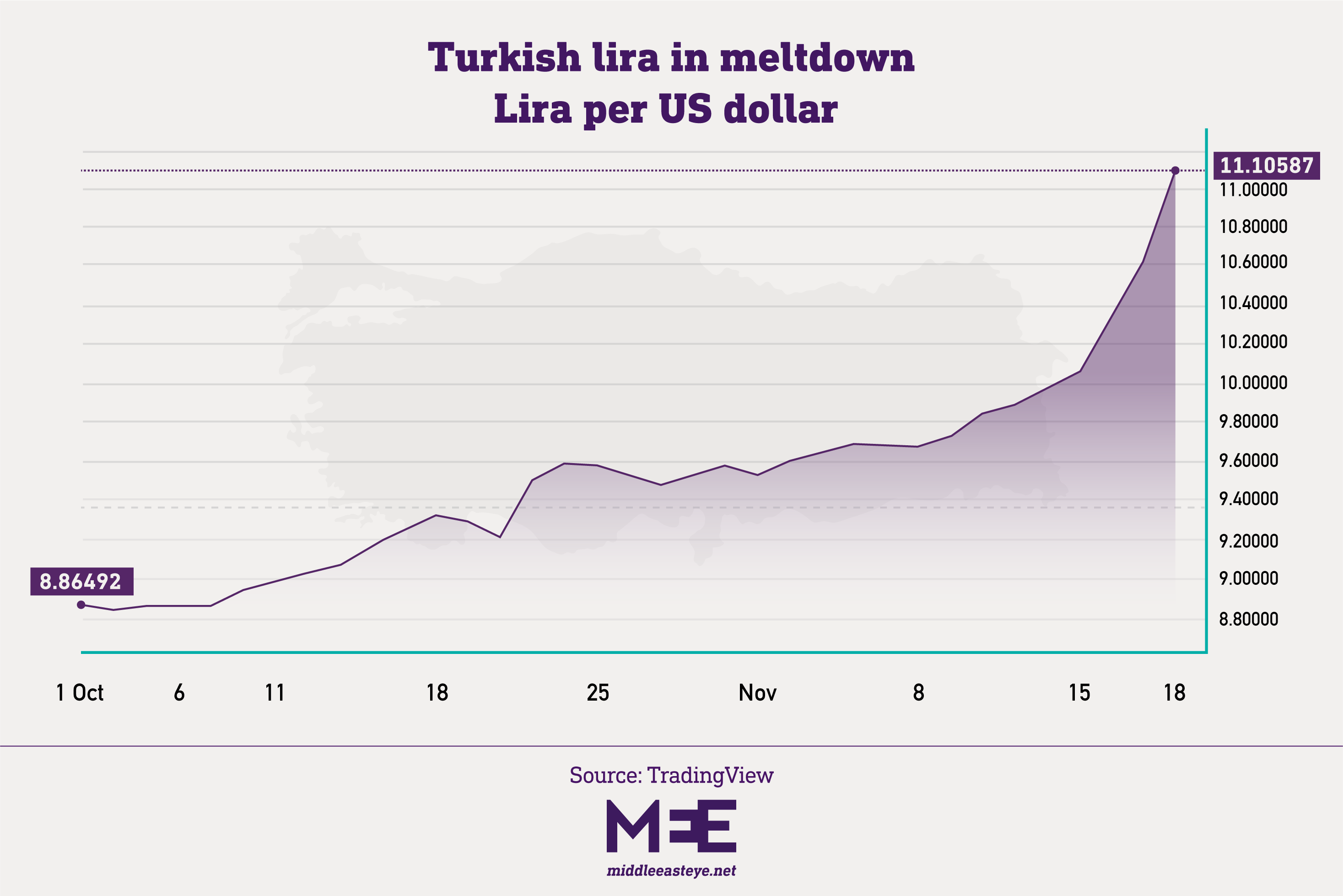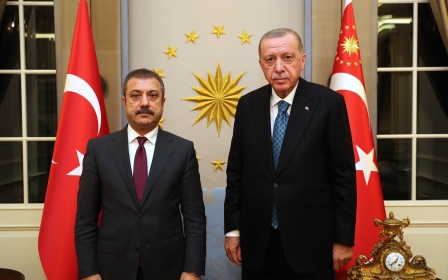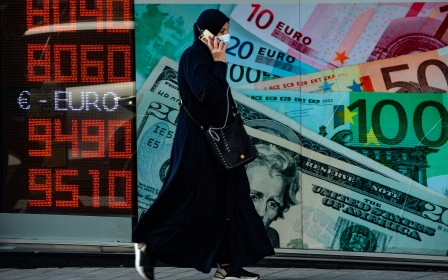Turkish lira: Why is it constantly dropping?

The value of the Turkish lira has plunged against the US dollar in the last 12 months.
The country's central bank slashed interest rates from 16 percent to 15 percent in November, for the third consecutive month, after President Recep Tayyip Erdogan pushed for a cut despite the depreciation and rising inflation.
Instead of releasing statements that would galvanise markets to support the local currency, Erdogan declared the day before the cut that he would not stop opposing higher interest rates as long as he is in office.
The remarks reiterated his view that high interest rates cause inflation, rather than the reverse as set forth by mainstream economic theory.
As a devout Muslim, Erdogan also tried to legitimise his stance on interest rates by referencing Quranic verses.
Why is the Turkish lira constantly sinking? There are a few factors at play here.
Negative interest rates
The markets believe Turkey’s Central Bank has lost its independence and credibility by caving in the face of Erdogan’s pressure to lower interest rates.
After firing a few governors, Erdogan earlier this year assigned Sahap Kavcioglu as the new head of the bank. Kavcioglu in the past penned columns for the pro-government Yeni Safak daily where he supported Erdogan’s anti-interest rate theories, such as the scientifically questionable assertion that lower interest rates result in lower inflation.
As annual inflation, in alignment with global trends, hit nearly 20 percent in Turkey, the Central Bank cut the rates by 2 percent last month, from 18 percent to 16 percent, effectively providing negative real interest rates.
The move, as expected, put the Turkish lira in a downward spiral as locals moved from the local currency to foreign currencies, including the US dollar and the euro, to protect their investments. And the foreign investors who flooded the Turkish markets with hot money to profit from high-interest rates began to leave.
Inflation, not only in Turkey but globally, is expected to increase in the coming months, effectively making the lira even weaker in the near future without the interest rate shield. And it becomes a vicious circle since depreciation of the lira also triggers more inflation in commodities, which are mostly imported. Turkey imports almost all of its gas and oil.
Lack of foreign reserves
The Turkish Central Bank also lacks foreign reserves due to past policies under previous governors who have intervened in the markets to keep the Turkish lira stronger by burning US dollars through backdoor methods.
The policy backfired and melted the bank’s net reserves below zero. Excluding swaps with other financial institutes, the Central Bank’s foreign deposits are currently minus $35bn.
Meanwhile, Turkish companies and the government have to repay $13bn in external debt in the next two months, according to Bloomberg. More than half of the debt, which stands at $8bn, must be repaid in November.
Why does Erdogan want lower rates?
The president believes lower rates will increase economic growth, decrease unemployment and trigger more exports.
Turkish Trade Minister Mehmet Mus said on Wednesday that Turkey’s gross domestic production (GDP) increased 21.7 percent in the second quarter of this year, following a 7.2 percent increase in the first quarter.
He also said the exports reached a record-breaking high with $181.8bn in the first 10 months of the year, increasing 33.9 percent compared to last year. The unemployment rate also decreased 1 percent in September from 12.7 to 11.5 percent year-on-year.
Caveat
However experts warn that the lira’s depreciation puts a huge cost on the average Turkish citizen who struggles to make ends meet amid soaring prices.
Basic food prices, such as potatoes, tomatoes, lettuce, jumped by 62 percent to 70 percent in the last 12 months, according to the official statistics. The prices for the following items also increased: chicken 68 percent, egg 47 percent, sunflower oil 41 percent, pasta 40 percent, milk and yoghurt 37 percent.
The poverty threshold already passed 10,000 Turkish lira ($950) last month, well above the net minimum wage of 2,825 Turkish lira ($269). More than 42 percent of Turkish workers only receive an officially capped minimum wage.
Meanwhile, housing prices increased nearly 30 percent, triggering a housing problem in large cities, including Istanbul and Ankara.
Middle East Eye propose une couverture et une analyse indépendantes et incomparables du Moyen-Orient, de l’Afrique du Nord et d’autres régions du monde. Pour en savoir plus sur la reprise de ce contenu et les frais qui s’appliquent, veuillez remplir ce formulaire [en anglais]. Pour en savoir plus sur MEE, cliquez ici [en anglais].





